Description
3DXTECH produces this 3D printing filament using a specialty compound
custom-formulated using ULTEM™ 9085 resin and advanced carbon nanotube
additives. ULTEM™ PEI is an amorphous, high-performance polymer that
combines excellent mechanical, thermal, and chemical resistance
properties.
Our PEI-based filaments offer the ability to create parts with excellent properties at elevated temperatures due to a very high glass transition temperature (Tg). Ideal for use in critical applications which require electrostatic discharge (ESD) protection, a high level of cleanliness, and the outstanding thermal and chemical properties you’ve come to expect with PEI based compounds.
Our PEI-based filaments offer the ability to create parts with excellent properties at elevated temperatures due to a very high glass transition temperature (Tg). Ideal for use in critical applications which require electrostatic discharge (ESD) protection, a high level of cleanliness, and the outstanding thermal and chemical properties you’ve come to expect with PEI based compounds.
Benefits of 3DXSTAT ESD-PEI 9085
- High thermal properties
- Inherently flame resistant and self-extinguishing
- Long-term hydrolytic stability
- Excellent dimensional stability, low heat creep sensitivity, and a very low, uniform coefficient of thermal expansion create highly reproducible part-to-part dimensions
- Exceptional strength and modulus, even at elevated temperatures
- Good resistance to a broad range of chemicals, include automotive fluids, fully halogenated hydrocarbons, alcohols, and aqueous solutions
Reviews
Print Recommendations
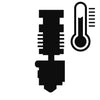
Extruder Temp
360-390C
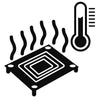
Bed Temp
140-160C
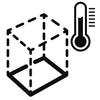
Heated Chamber
Recommended

Nozzle Specs
No special concerns
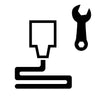
Layer Height
No special concerns

Drying Specs
120C for 4 hours

Abrasive Material
This material is particularly abrasive among 3D printing filaments. Users may find standard brass nozzles are chewed through very quickly compared to standard wear and tear. When worn through, the nozzle diameter will widen inconsistently and the printer will experience extrusion issues.
Because of this, it's strongly recommended this material be printed through a hardened steel nozzle rather than a softer metal. Hardened steel nozzles can often be inexpensive and easily installed depending on your printer manufacturer's instructions.
Material DETAILS
Glass Fiber Reinforced Filament
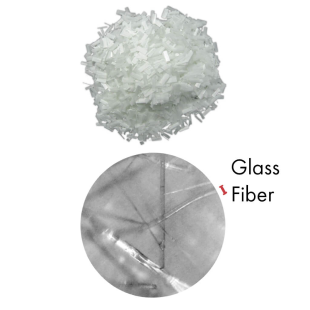
What Is It?
DescriptionFibers made of glass reinforced into the polymer during manufacturing and aligned along the axis of filament.
This, along with their physical makeup, give this material enormous strength and mechanical properties.

What Does It Do?
Glass fiber reinforcement gives material a lot of desirable properties:
High strength
High stiffness
High chemical resistance
Low thermal expansion
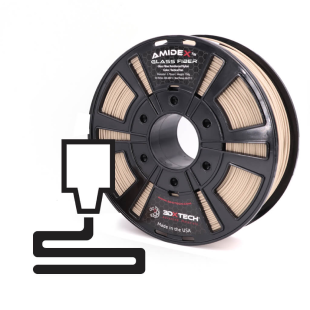
How Does It Work?
Reinforcing plastic with glass fibers produces a 3D printing filament which exhibits the best properties of both fiberglass and the plastic of choice.

What Is It Good For?
Ideal for any applications which require strength and rigidity.
For these reasons, glass fiber reinforced filament is very popular in automotive, mechanical, civil engineering, and research industries.
RECOMMENDED
You May Also Like
Make confident choices and discover the best printing solutions.

